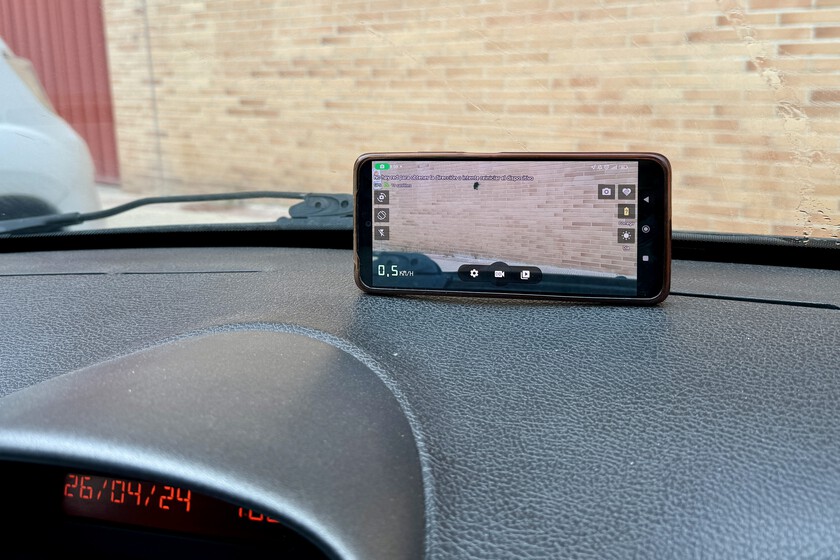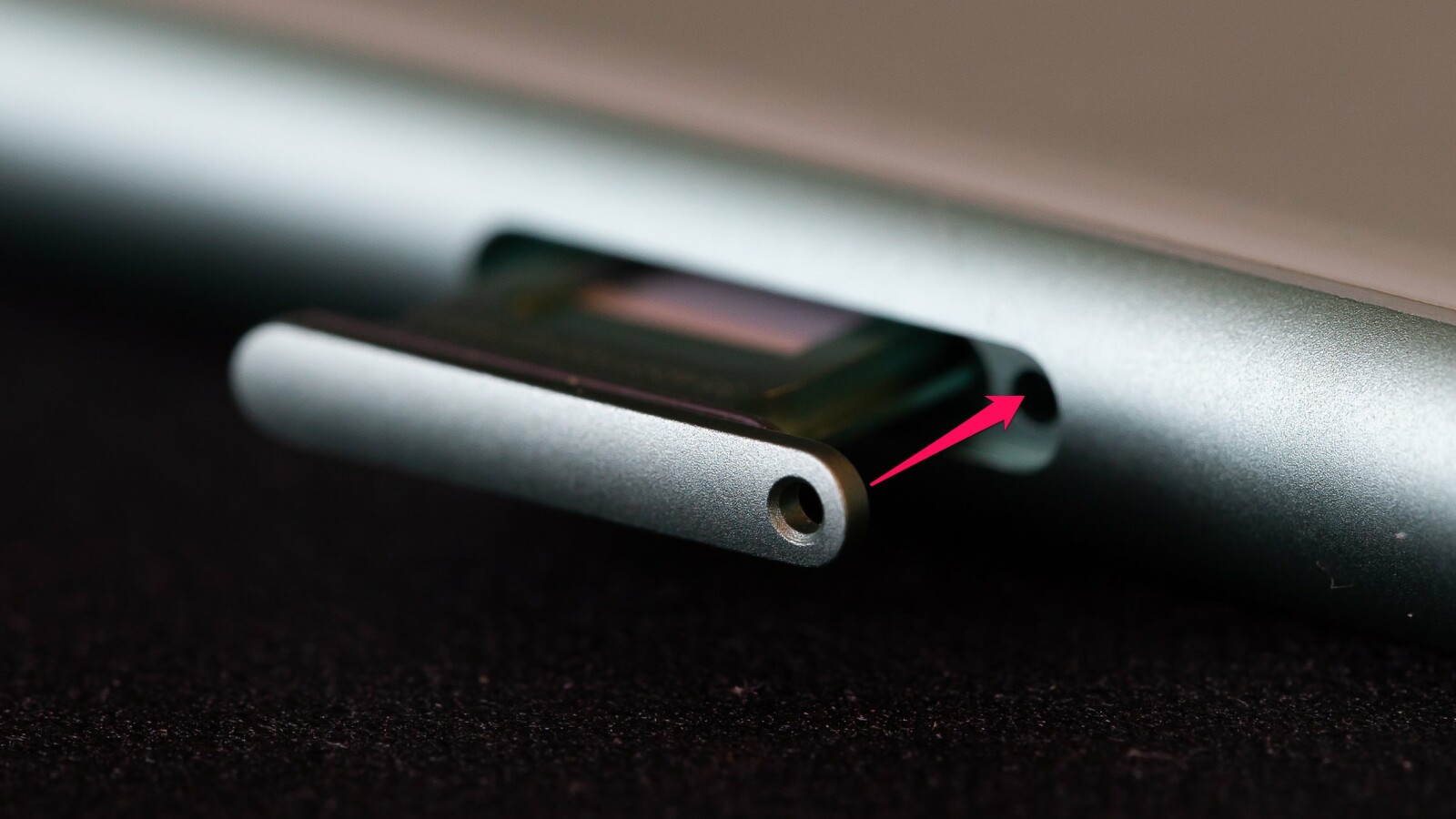Apple laptops depend on storage shine, and the prices skyrocket if you want more local storage (your computer’s actual storage), if the model you want allows you to have it. MacOS ‘”Storage Optimized” feature is designed to help free up valuable storage space on your Mac.
To use any of the “optimized storage” features (option 1 which we’ll talk about later), you need iCloud, Apple’s online service. Apple offers 5 GB of free iCloud Drive storage for each Apple ID, but you might want more in order to take full advantage of the “Optimized Storage” feature.
Here are the iCloud prices: 5 GB free; 50 GB for 0.99 $ per month; 200 GB for $ 2.99 per month; 2 TB for $ 9.99 per month. You can follow Apple’s instructions to get more iCloud storage.
To access the ‘Storage Optimized’ options in macOS, follow these steps:
1. Go to the Apple menu and select “About this Mac”.
2. In the window that appears, click on the ‘Storage’ tab then click on ‘Manage’.

This bar chart has changed slightly from the one in OS X El Capitan, which had a legend below the bar to indicate what each color stood for. Now that color legend is gone, but if you hover over the colored sections, you can see what each section represents.
Later, we’ll show you the main “Storage Optimized” interface, but first let’s review the options in the “Recommendations” window that appears in the main section. Now look at the options in the left column.

Option 1: Save to iCloud
This option includes your latest files and optimized photos on local storage. But why should you upgrade to a paid iCloud plan? Your iCloud Drive is used as long-term storage for your original files and full-resolution photos and videos, which you can download to your Mac whenever you need them.
You can customize this option a bit. By clicking on the “Save to iCloud” button, you have the option to save the files in the Desktop and Documents folders on iCloud. You can also turn on / off the ability to store photos and videos in iCloud Photo Gallery.

If you want to change the iCloud storage options after enabling it, you will need to go to iCloud’s “System Preferences” for the Desktop and Documents folders, as well as the Photos app preferences for Photo Gallery. iCloud.
Option 2: Optimize storage
Video files take up a lot of space. If you love to watch TV shows and movies on iTunes, you might not have realized that the videos you’ve already watched are taking up space on your Mac. The “Optimized Storage” feature automatically deletes these files for you. You can re-download them from iTunes whenever you want.

If you enable this option and later decide you want to disable it, you can do so in the TV app by going to ‘TV’> ‘Preferences’> ‘Files’.

Option 3: Empty the trash automatically
The good thing about this option is that it basically looks like the “Recently Deleted” folder in the iOS Photos app. Files remain in the recycle bin for 30 days; After 30 days, the files are deleted.

If you decide to disable this feature, you will see that there is no way to do it in this menu. You have to do this in Finder preferences. So in Finder, select ‘Finder’> ‘Preferences’ and then click on ‘Advanced’. Uncheck the box labeled “Delete items from recycle bin after 30 days”.

Option 4: reduce clutter
You can use this menu to explore your files and find out which ones you need to delete or move to other storage media. It’s more efficient than opening a bunch of Finder windows and looking at files that way. Also note that clicking on the “Examine Files” button is equivalent to selecting “Documents” in the left column.

There are several ways to view files on your Mac:
- “Large files” view files on your Mac from largest to smallest.
- ‘Downloads’ shows what’s in your Downloads folder.
- Unsupported “applications” show the Software which may not work on your Mac.
- ‘Containers’ corresponds to the containers used by certain applications to exchange data. These are usually self-erasing, but you can use them to clean a trash can yourself.
- ‘File browser’ allows you to browse your device storage. It’s like seeing a Finder window in list view.
To delete a file in one of these views, select the file and click on the “Delete” or “Move to trash” button.
What appears in the left column of the window?
The items that appear in the left column may vary. What appears depends on how you use your Mac. For example, if you’re using Mail, you’ll see a section for Mail. If you are using GarageBand, there will be a section for GarageBand.

The “Applications” option in the left column provides information about some of the applications on your computer and lists them by size. When selecting an application, the “Delete” and “Show in Finder” icons appear.
Apple confirmed to me that they have made an effort to encourage developers to follow their standard procedures for a proper installation of the app, so if a developer has done so, you should be able to uninstall any apps purchased outside of it. ‘App Store with all its components through this interface.
This page does not show all the apps on your Mac. You won’t find any of the Apple apps, although the apps from the App Store appear. This page is mainly used for applications that you have installed yourself by downloading them from the Internet or from external media.
Original article published in igamesnews US.
.
Table of Contents








